Angie's List and NextDoor's Favorite: 2017 -2024
FROZEN PIPES OR PIPES BURST?
Baby, it’s cold outside. Again! When it comes to protecting your home from frozen pipes, busted water heater or a freeze break, an ounce of prevention is worth a pound of cure. If you have ever experienced a broken or frozen water line, you know the kind of expensive damage that can occur. When pipes freeze, the water expands and can rupture pipes, potentially unleashing thousands of gallons of water into your home.
What if my pipes are frozen, I have a freeze break & water damage?
- First off, if it's getting cold make sure you have taken the time to insulate pipes. Pipe insulation is going to be a big benefit to add to the PEX run above head or any pipes in your home's crawl spaces and attic. Exposed pipes are surrounded by cold air, allowing pipes to cool from all around resulting in faster heat loss.
- Seal leaks. Locate and thoroughly seal areas around your home that allow cold air inside. Look for air leaks around electrical wiring, dryer vents and pipes, as well as in the attic.
- Make sure to check for drips in outdoor hoses, valves and faucets. Be sure to disconnect garden hoses and, if possible, use an indoor valve to shut off and drain water on outside walls so the water does not freeze.
- Keep water running at the taps in your home. Flowing water will keep the water moving and keep it from freezing. We take the extra step of running warm water since we are on a pier and beam house with existing copper under the crawl space. Will a drip faucet keep water from freezing? Possibly, we would rather pay a high-water bill than repair a broken water line under the house when it’s freezing. If you aren't sure where the incoming water source is located, setting any faucet to drip will help. Although streaming water helps, the truth is that at extreme temperatures water can freeze even while it is flowing.
- Replace copper with PEX. Pex allows for more give in freezing temperatures where copper lines are more prone to a freeze break. A good bit of prevention is to replace all the copper in your home with PEX.
- Allow warm air into the cabinets. Allowing warmer air into the cabinet through pipelines near the exterior will keep the pipes warmer. You may also want to put a heater in the attic or under the house if you have exposed water lines or a tankless in a cold attic.
LEAKING OUTSIDE FAUCET
One of the most common calls is a leaking outside faucet after a freeze. You want to ensure your outside spigots are frost-proof. Exactly what is a frost proof faucet? A frost-proof faucet also commonly called "freezeproof" or "frost-free". The faucet provides better protection against freezing and eliminates the need to winterize the faucet—other than removing an attached water hose.
If you have a standard spigot, there are simple winterizing steps you can take that make it unlikely you will need to call with a busted faucet.
HOW TO CHANGE TO A FROST-FREE FAUCET
The surest way to prevent an outside faucet from freezing is to replace a standard faucet with a frost-proof one known as a sill-cock. These faucets are controlled with a long rod that extends into the home, where a cartridge or compression valve controls the flow of water. Since the valve itself is located within the safe warmth of the home, it is almost impossible for it to freeze. A frost-proof faucet is a 6- to 20-inch unit with a hose spigot and control handle at one end and a connector on the other end of the tube for attaching to the indoor water pipe. As a further safety measure, these faucets are designed to be self-draining; when you shut off the faucet handle, any residual water in the long stem will drain out of the tube.
These faucets can be attached to the plumbing pipe with a compression, soldered, PEX, or push-fit connection. For most people, it's best to buy a faucet with a push-fit style of connector, such as the SharkBite brand. This will be the easiest install, as it requires no soldering and can be used with any type of water supply pipe.
If you have trouble finding a frost-proof faucet with a push-fit connector, you can use a standard threaded type, and then use a female threaded-to-push-fit transition fitting to join it to the water pipe. If you have PEX tubing in your home, there are also frost-free faucets that are fitted with PEX-type connectors.
- Fully open the outdoor spigot and let all residual water drain out of the pipe. If the water trickles and never fully stops, the indoor shutoff valve is faulty and must be replaced. Close the spigot valve.
- Remove the bleeder cap on the valve, if it is equipped with one. You may need pliers to loosen the cap. Let all residual water in the line drain into a bucket. Reinstall the bleeder cap and tighten it snugly.
- Add an insulated faucet sock or faucet cover to the faucet, if desired. Although these covers don't create any heat of their own, they do trap a small amount of heat radiating from the house, and this is usually enough to prevent the faucet from freezing and bursting—especially if you have also followed the recommended steps for draining the pipes.
WARNING
A project of this scale is best left only to professionals such as Duncan Plumbing Solutions. Do not attempt this unless you are confident in your plumbing skills or if you find yourself searching for the best plumber near me contact Duncan Plumbing Solutions today!
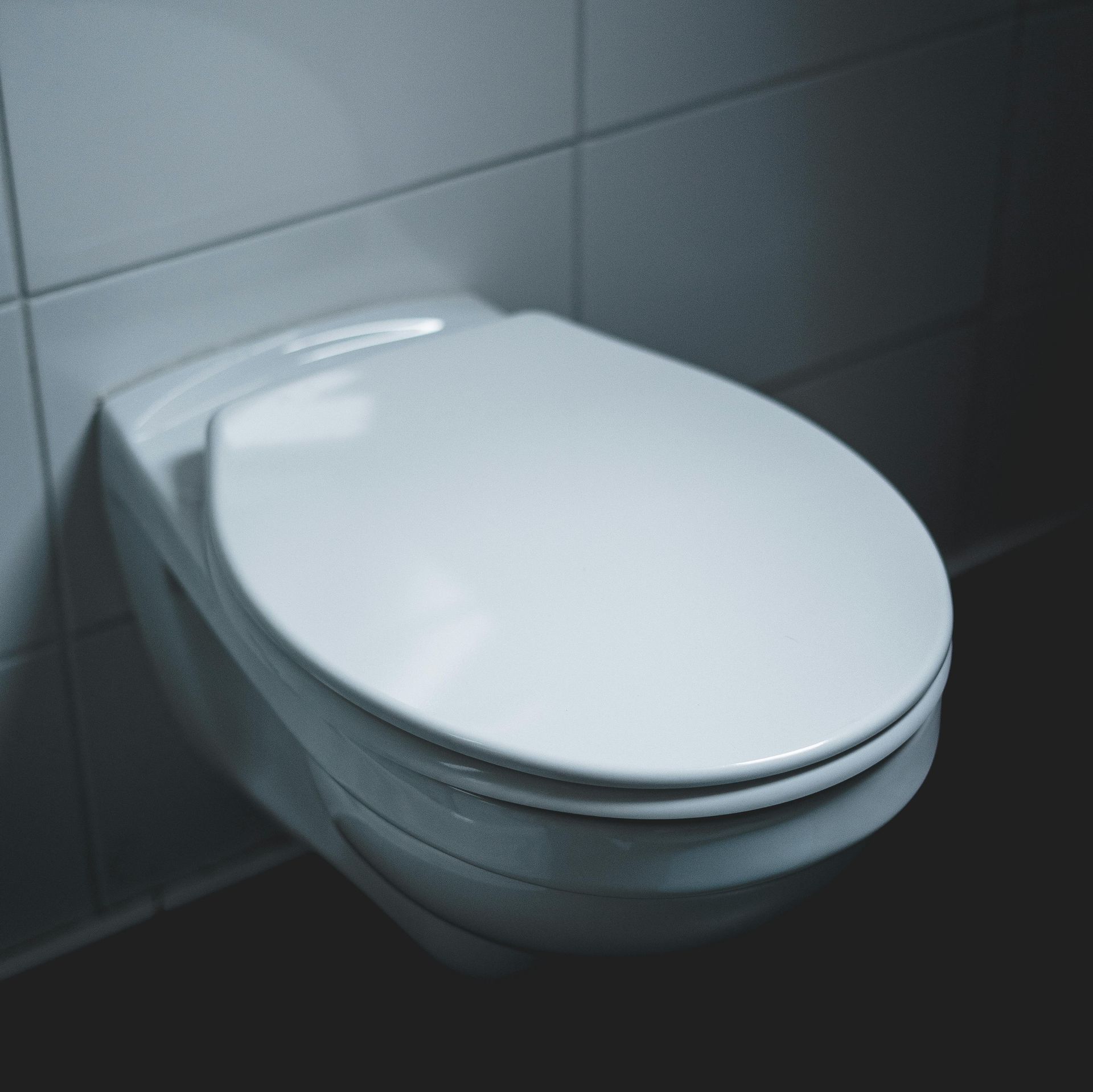
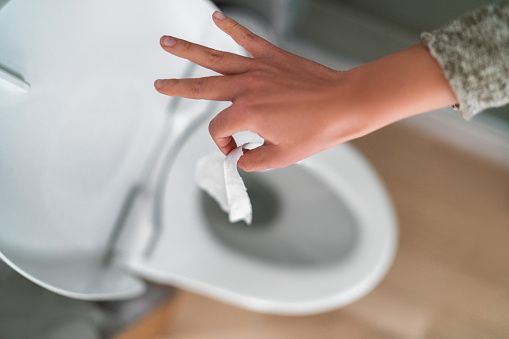
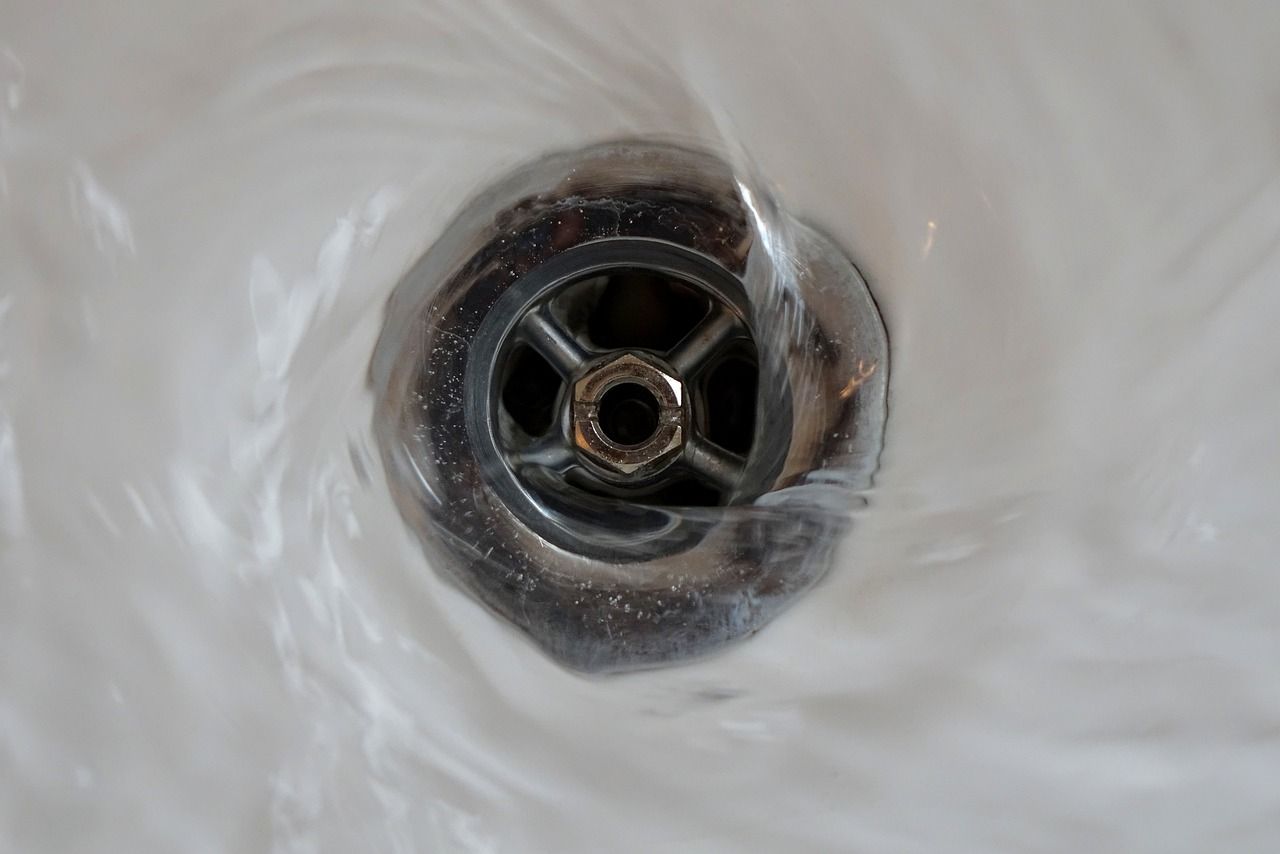

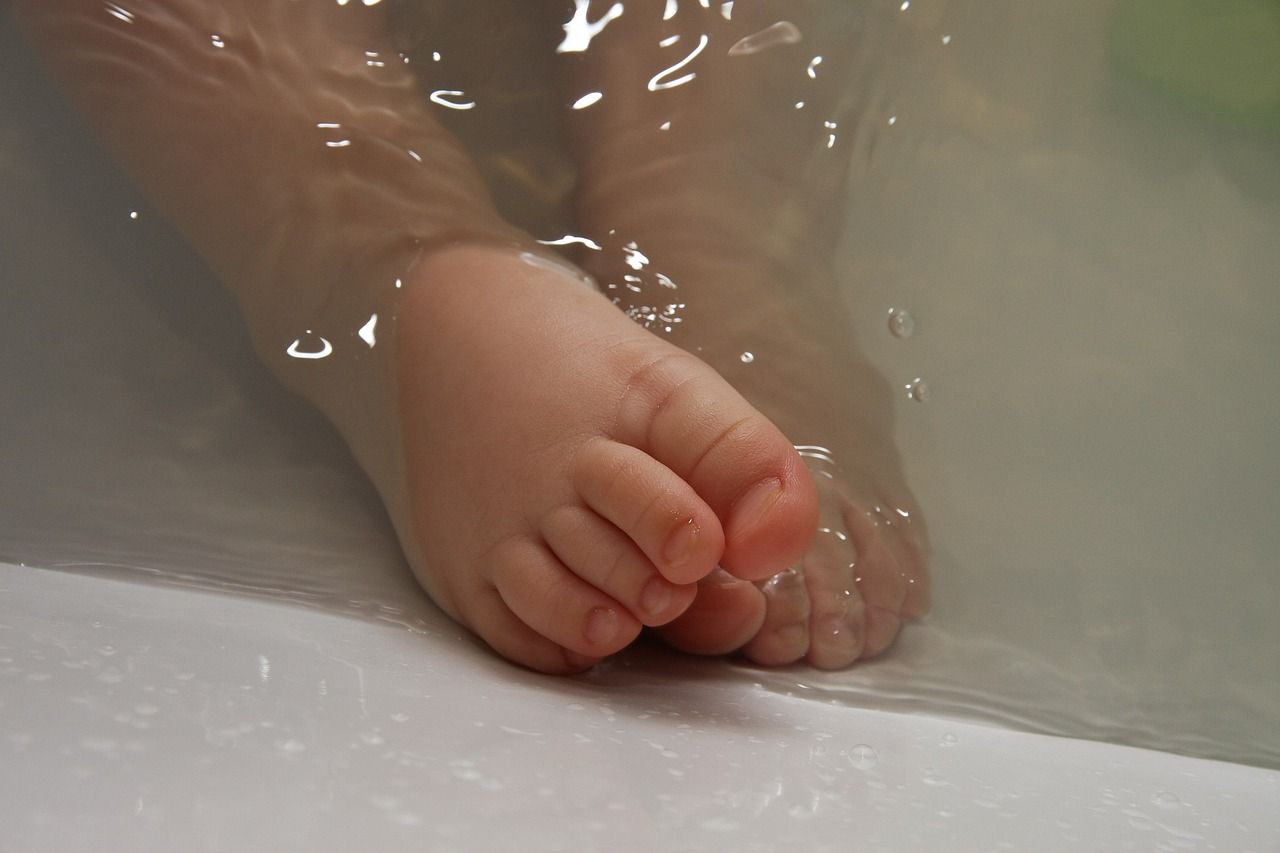

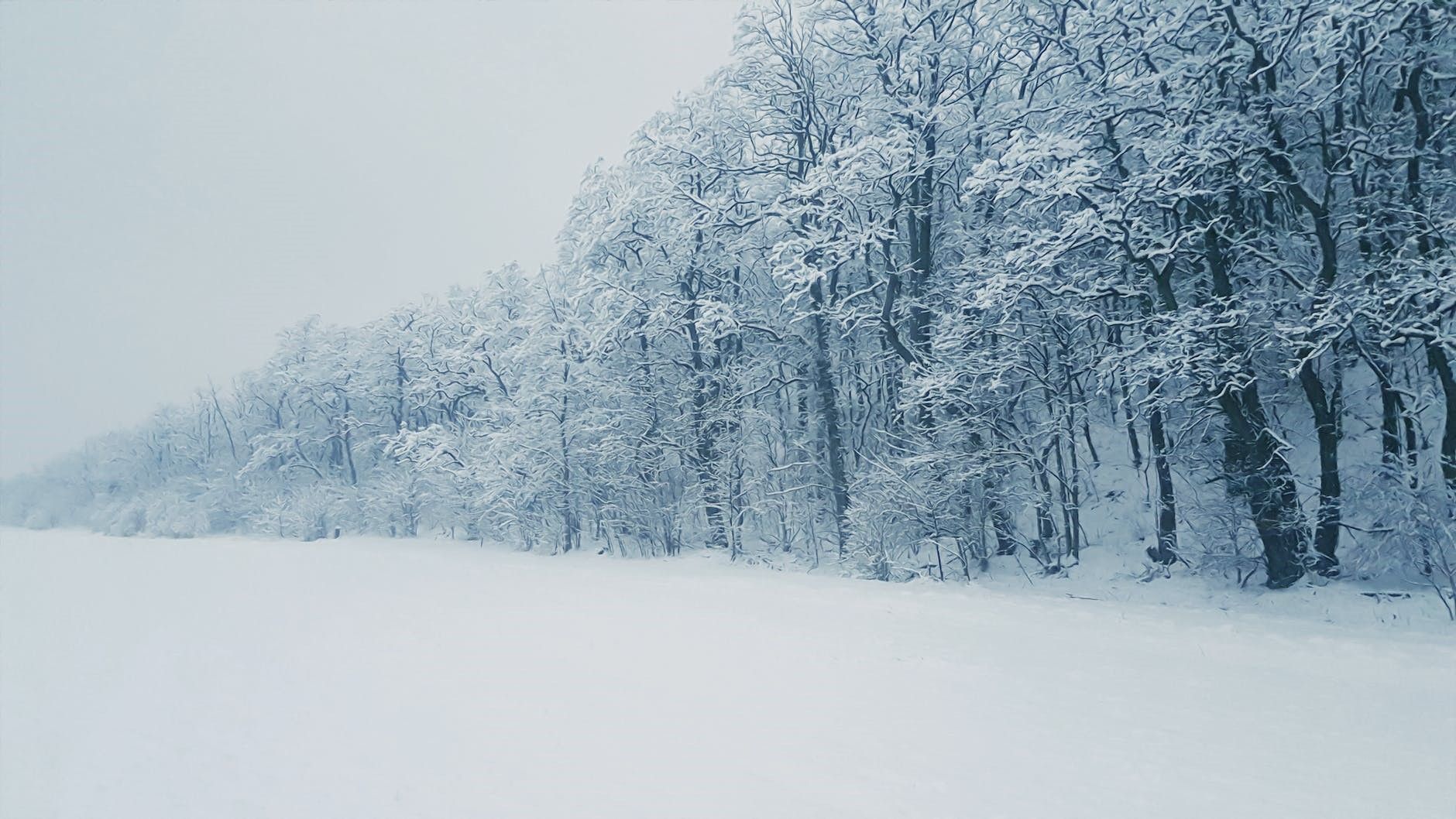
SERVING
and Surrounding Areas

HOURS
Hours:

CONTACT US
Master License # M-39624
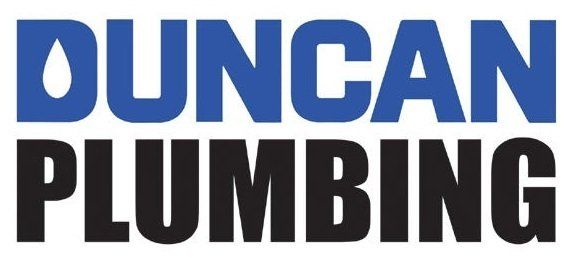





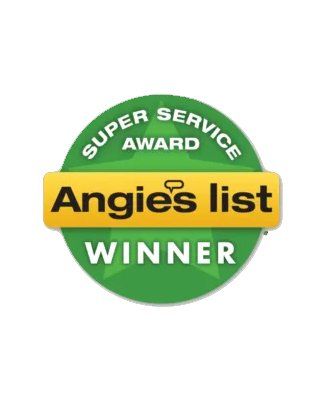
















Share On: